What if there was a massive uprising of young citizens, forcing all adults to respond proportionately, particularly in terms of pressure on the politicians? Jonathon Porritt, Founder Director of Forum for the Future, outlines a scenario for breaking the current climate deadlock, as told through the words of a young climate activist looking back from the perspective of 2026 as part of a new campaign – How will you reboot the future?.
The thing you have to love about Greta Thunberg’s unwavering advocacy (as currently on display on BBC1) is just that: it’s unwavering. If you’re Greta, you don’t get to have a day in full-on Climate Emergency mode, and then a week off.
But that’s rare. Even the most committed activist tends, however uncomfortably, to live with constant contradictions. Sometimes full-on, sometimes fallow. For most of us, it’s what make life possible. How else, for example, could we hold in our minds these two incompatible insights at the same time:
1. According to the IPCC, to have any chance of staying below an average temperature increase of no more than 1.5oC by the end of the century, we need to halve emissions of greenhouse gases by 2030. That means around 7.5% per annum.
2. According to the International Energy Agency, greenhouse gas emissions in 2020 fell by around 7%, primarily because the global economy was in freefall on account of the pandemic. Emissions in 2021 are already tracking back up again to their 2019 level.
So what might free us of this increasingly dangerous cognitive dissonance? A few possibilities:
1. Multiple, overlapping pandemics.
That would do it. But none would wish it.
2. Concatenating climate-induced disasters that cause, let’s say, the collapse of the global reinsurance industry.
That would do it – probably. But none would wish it.
3. An ‘enlightenment event’, allowing all world leaders simultaneously to see the Climate Emergency for what it really is.
That would do it. But none can imagine it.
4. A mass uprising of citizens the world over, forcing their politicians to respond proportionately to the Climate Emergency.
That would do it. But none can imagine it.
So is that it? Not quite.
What if it was a massive uprising of young citizens, forcing all adults to respond proportionately, particularly in terms of pressure on the politicians?
In that spirit, I offer my ‘just about plausible scenario’ for breaking the current deadlock, as told through the words of a young climate activist looking back from the perspective of 2026.
OUR CLIMATE TIMELIME: WHAT WE ACHIEVED IN THOSE FIVE YEARS
2019 and 2020: You don’t need me to go back over this old ground in any detail.
2019: Inspired by School Strikes for Climate and Fridays for Future, young climate activists helped shift the needle. Politicians really started listening.
2020: COVID-19 puts an end to all that. Impossible to sustain any of the momentum built up in 2019.
2021: This was such an important year for the climate, with the UN’s big Climate Conference (COP26) coming at the end of the year in Glasgow. Expectations were running high, given that not much had changed since the equivalent Conference in Paris back in 2015. ‘Six years of kicking the can down the road’!
By the middle of the year, things weren’t looking all that good for COP26, despite massive pressure from scientists, business leaders, NGOs and so on. So young people got back into action! Huge protests around the world in July (400,000 young people involved here in the UK alone) with a simple message to the politicians: GET IT DONE – PLEASE!
And they did – sort-of. As in all world leaders signing up in principle to the idea of a Net Zero carbon economy by 2050. Including China and India.
2022: This turned out to be a hellish year in terms of accelerating climate change. July saw six separate disasters – pretty much bankrupting the global insurance industry. As is often the way with disasters, this led to some big breakthroughs, particularly in the USA, driven by young people’s climate campaigns – it wasn’t recognised at the time, but President Biden’s Low Carbon Prosperity Act turned out to be a serious game-changer.
Elsewhere, that bloody can kept on getting kicked down the road! All those Net Zero commitments signed up to in 2021 stayed just that way: commitments, not actions. COP27 in Cairo was another massive disappointment.
2023: As we all know, this was the year when everything changed – after so much deeply immoral dithering and delay.
The Intergovernmental Panel on Climate Change (set up by governments to advise governments) brought out its latest Assessment Report, bringing together all our worst fears in one devastating summary, focusing particularly on melting ice in the Arctic and Antarctic and on the implications for rising sea levels. ‘No less than one metre by 2100, and possibly much, much worse than that.’
That brought together every single young campaigners’ organisation all around the world. In September, #RestOfOurLives turned into the huge Rise Up protests.
While the world looked on in shock, a tragic sequence of events lead to the deaths of 46 young climate activists.
That moment is still seared into all our minds – and has shaped all of our work since then. COP28 in Detroit came just a few weeks after that tragedy. Acting on a direct mandate from the UN Security Council (riven by guilt, finally, at what its 30-year failure to act meant for young people), world leaders at COP28 agreed that trying to eliminate emissions of greenhouse gases on a voluntary basis had proved to be the equivalent of a ‘collective suicide note’ for humankind.
In what became known as ‘the Miracle of Detroit’, they signed up to the idea of a binding international treaty, with sanctions to be applied to all countries that failed to play their part in addressing the climate crisis.
2024: What we remember most about the start of 2024 is exhaustion, grief, and a kind-of low-level anger: did 46 beautiful, passionate young people really have to die to get world leaders to do what they should have been doing for decades?
So it was an odd time. Even as the climate disasters kept coming at us thick and fast, our focus shifted to local action. There was a massive emphasis on air pollution (there are still around eight million people dying of air pollution every year!).
The utterly brilliant Good Ancestors project brought tens of millions of grandparents onto the streets at a silent vigil for the 46 on September 17th – the first anniversary of Rise Up. And don’t tell me that wasn’t a major factor in the election of Kamala Harris as President of the United States in November that year!
COP29 was in Beijing. All those world leaders had no choice but to honour the pledges they’d made the year before in Detroit – so the draft text for the International Climate Emergency Treaty (INCET) was finally agreed.
2025: No need to dwell too much on this as it’s all such ‘recent history’. There was a lot going on: coal-fired power stations closing down everywhere, wind and solar breaking records on a weekly basis, electric vehicles outselling petrol and diesel cars in more and more countries, meat consumption continuing to decline, so-called ‘nature-based solutions’ to climate change beginning to have a real impact. But still nothing like enough. All too slow!
It was probably inevitable that some big countries would start pushing back against a legally binding treaty. By the middle of the year, they were still bickering away, just as they’d been doing for the last 30 years. So in July, #StillRisingUp started mobilising for yet more protests and school strikes, leading to 70 million young people out on the streets of more than a thousand cities in September. I think they got the hang of it at that point: we were not going away, ever again!
As you probably remember, COP30 at the end of the year was in Rio de Janeiro. One simple headline: ‘New Climate Treaty Adopted!’
And one simple action agreed: halve emissions of greenhouse gases by 2032!
A MASSIVE step forward.
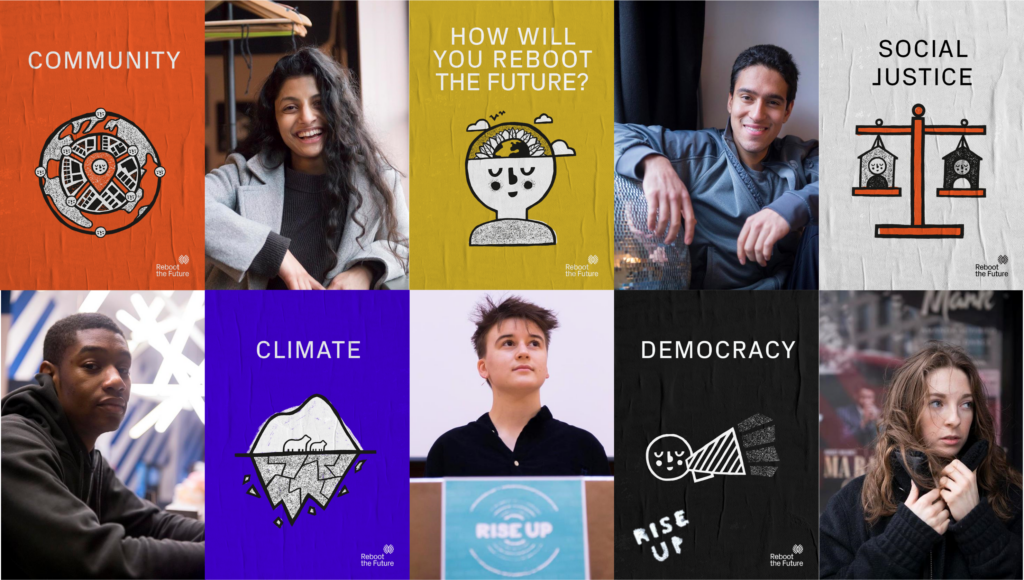
As the climate and social crises we face intensify, the voices of young people are rightly getting louder. Join Rise up! Reboot the future – a multi-media campaign set to engage UK 14-19 year old students to stimulate debate and action as we approach the 26th UN Climate Change Conference of the Parties (COP26) in Glasgow.
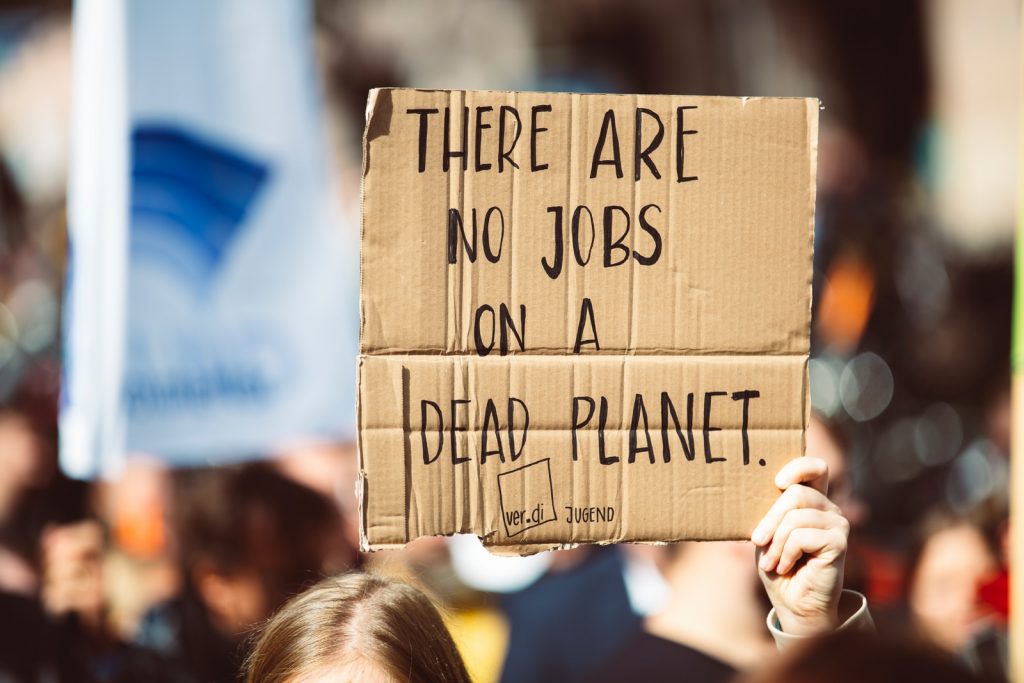
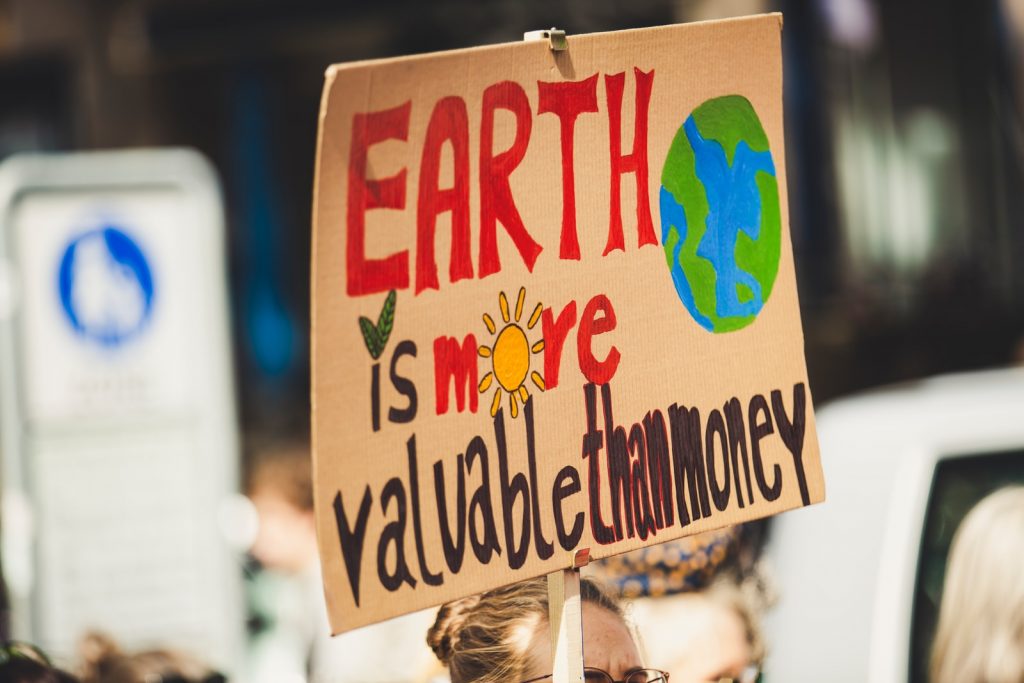
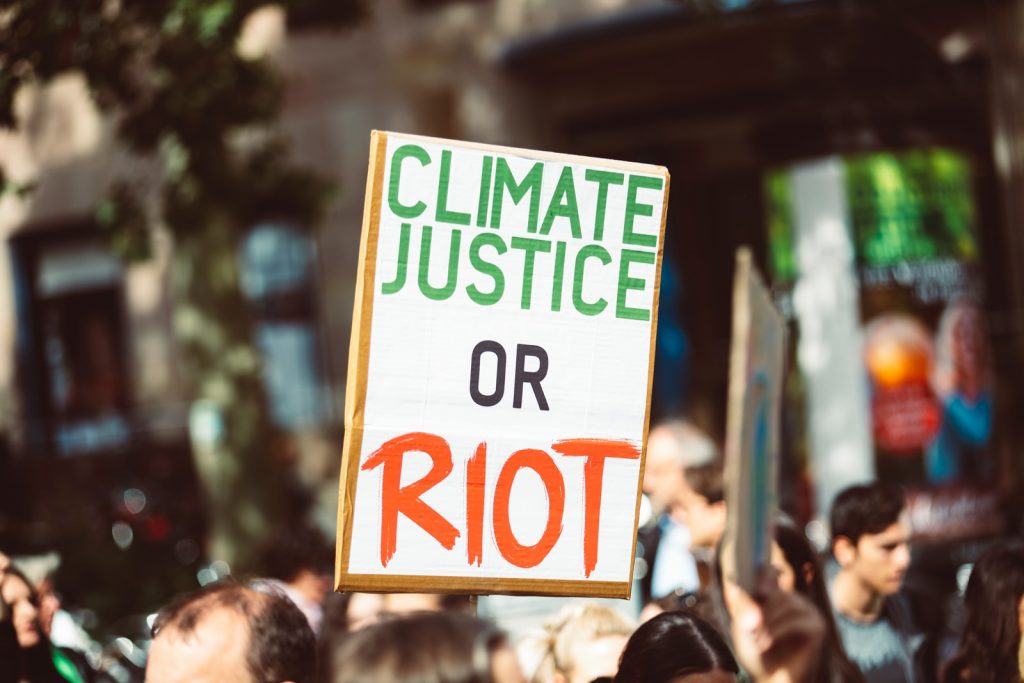
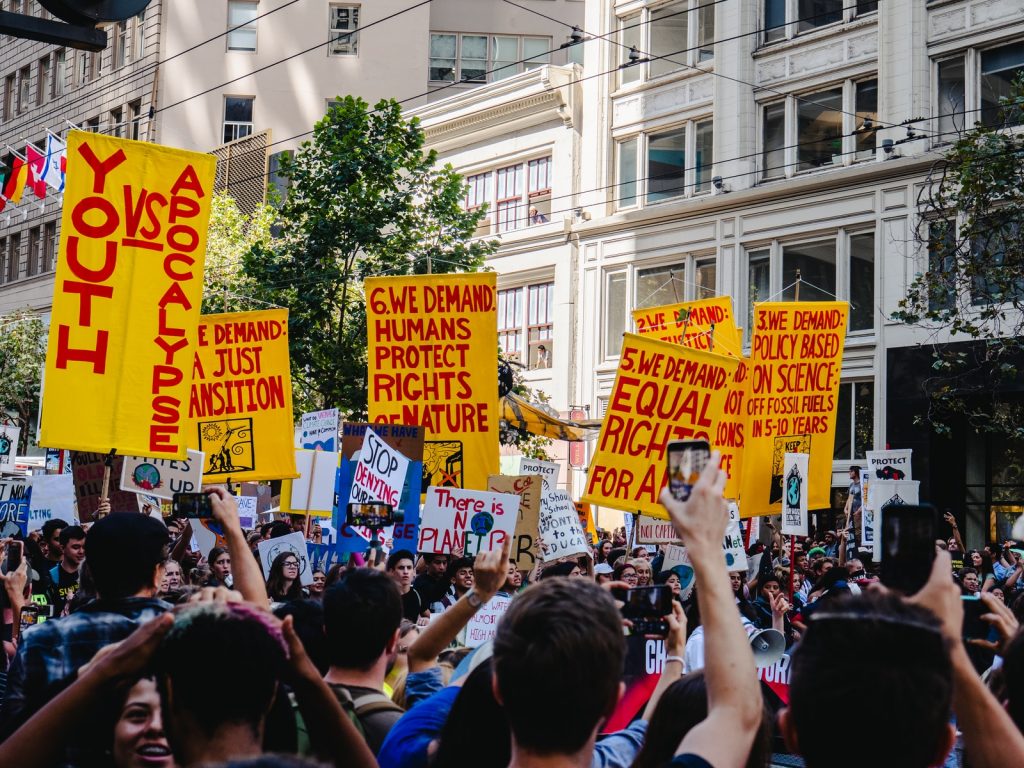

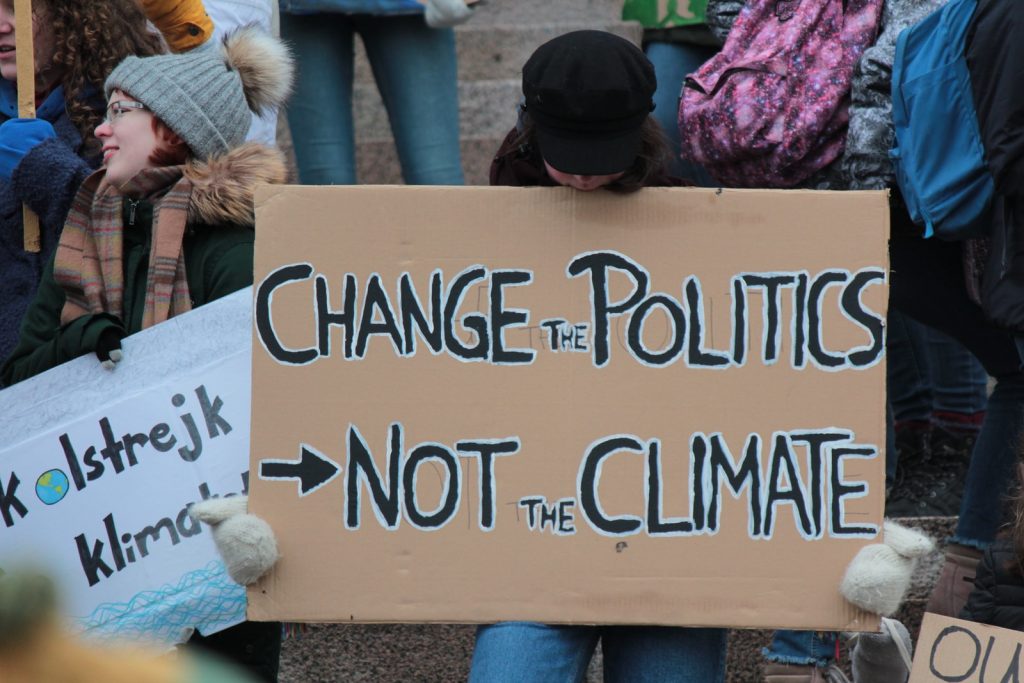

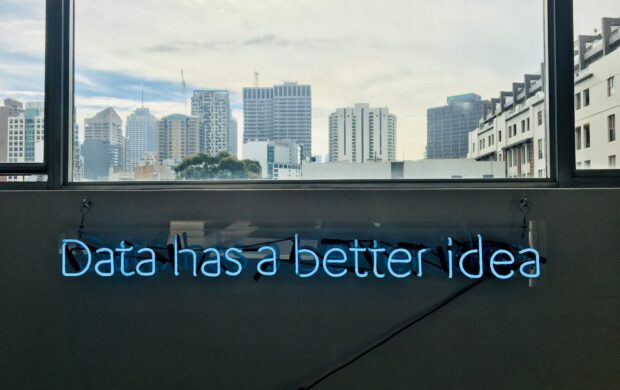




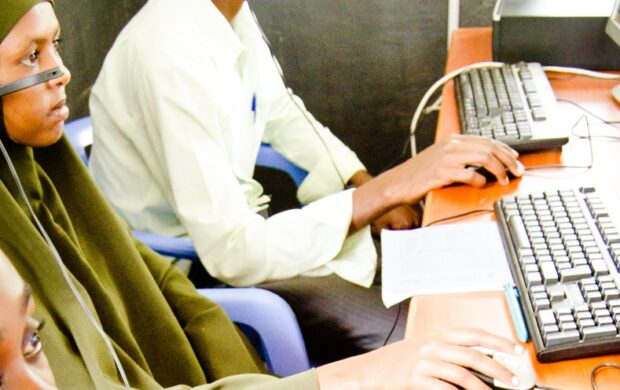


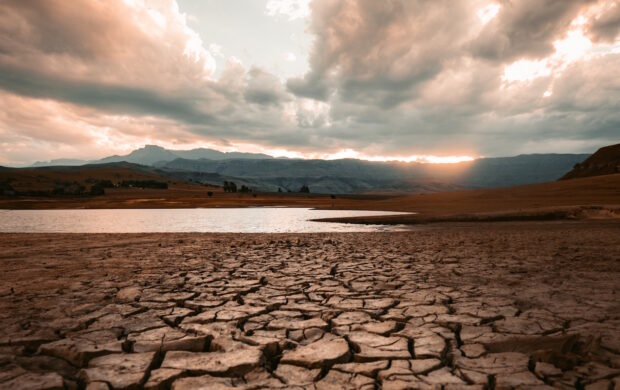
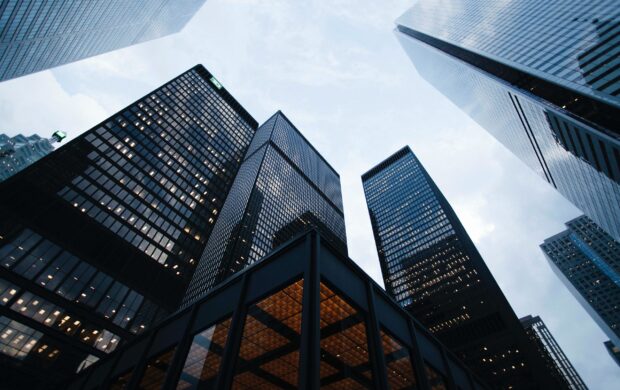

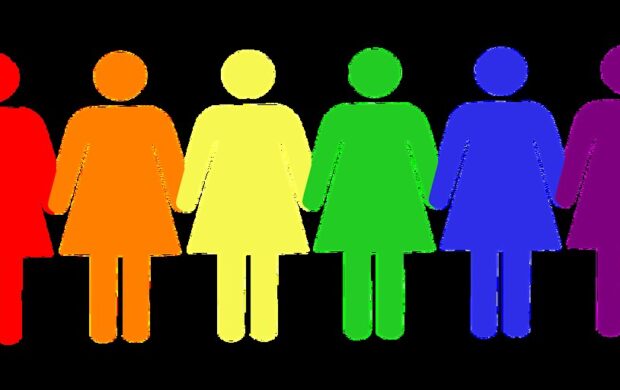
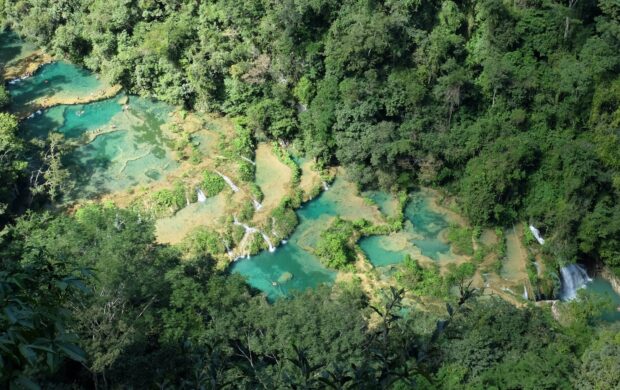


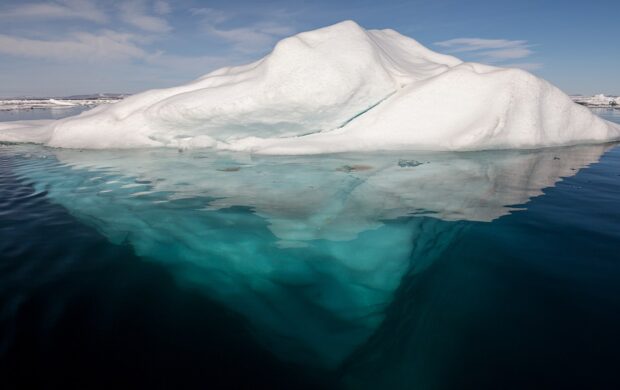
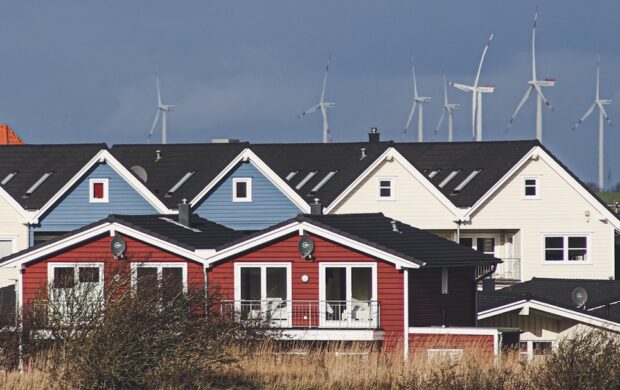

Join discussion